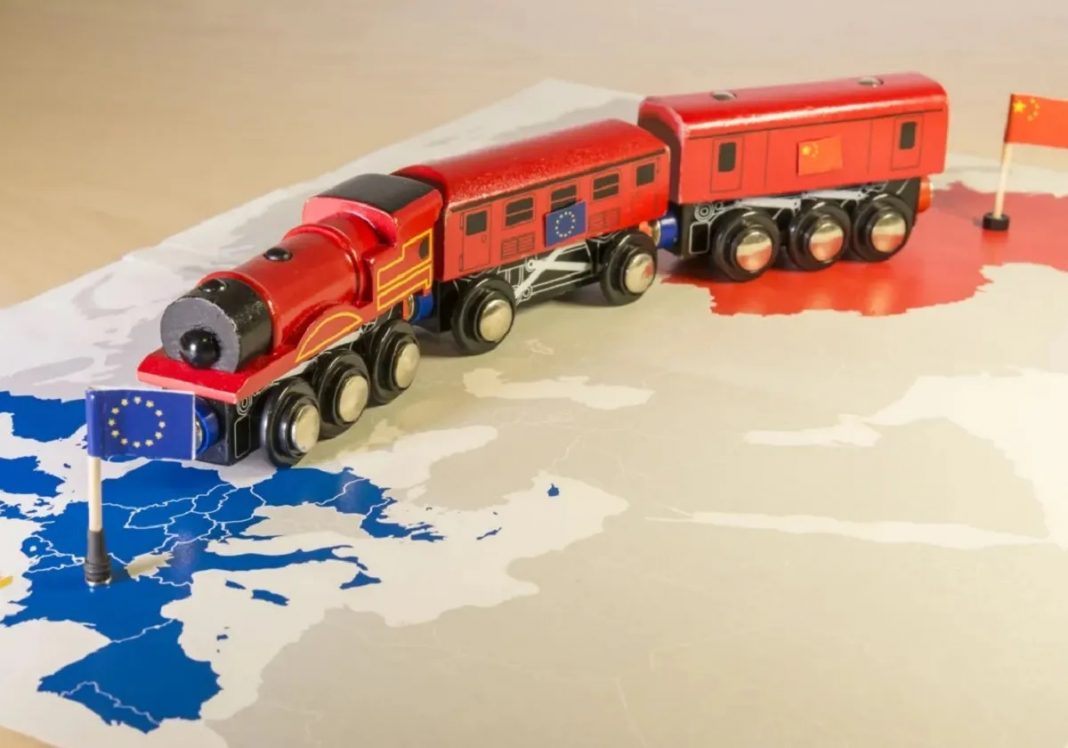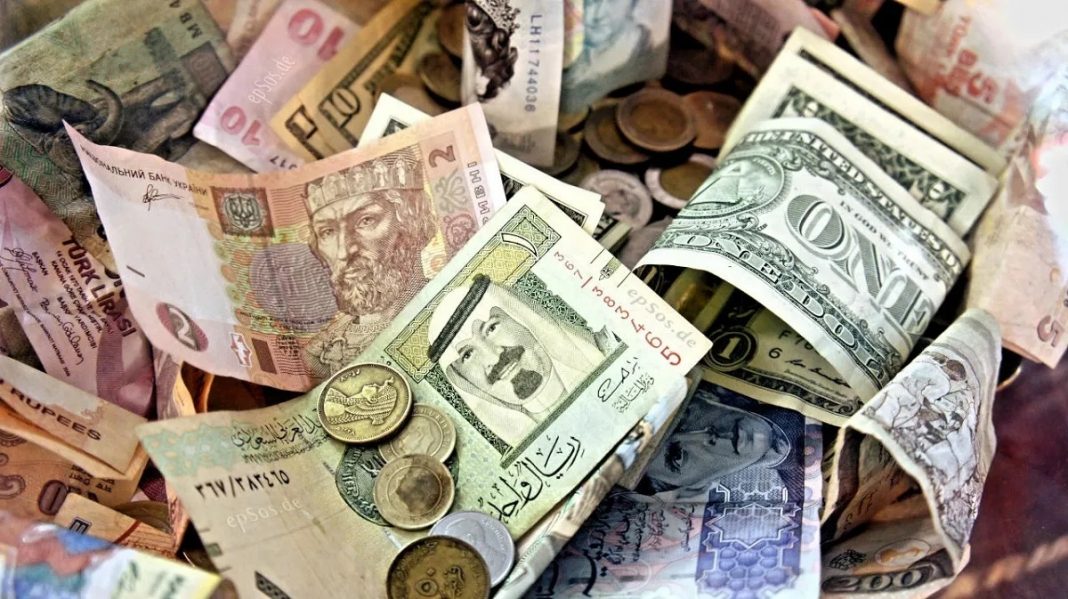Gabriel G Tabarani
In today’s fractured world, where economic power is dispersing and geopolitical competition is intensifying, the Gulf states find themselves at the epicenter of a historic transformation. No longer content to be mere energy suppliers, they are now positioning themselves as architects of the twenty-first century’s most ambitious economic corridors. From the U.S.- and EU-backed India-Middle East-Europe Economic Corridor (IMEC) to the Turkey-supported Iraq Development Road Corridor and China’s Belt and Road Initiative, the Gulf is emerging not simply as a transit hub, but as a decisive player shaping the global future.
This newfound role demands more than ports and railways. It requires vision, agility, and a willingness to wield connectivity as both an economic and diplomatic tool. The question is whether Gulf leaders can rise to the occasion—or whether they risk being reduced to passive bystanders in projects designed elsewhere.
For much of the last century, Gulf prosperity has been tied to hydrocarbons. Oil still matters, but in an age of volatile markets, climate imperatives, and rapid technological disruption, diversification has become a survival strategy. Corridors—those sprawling networks of ports, railways, fiber-optic cables, and energy pipelines—offer an avenue to embed Gulf economies into global supply chains beyond crude exports. But corridors are more than logistics. They are instruments of influence. China’s Belt and Road Initiative has demonstrated how infrastructure can double as a strategic lever, cultivating debt dependencies and geopolitical sway. The Gulf has learned from this example. Unlike earlier eras when it was content to accept external financing and expertise, the region now deploys its vast sovereign wealth funds to shape projects on its own terms. Abu Dhabi and Riyadh are not just signing on to other people’s visions—they are funding, designing, and steering them.
The Gulf’s ascent comes at a time when the global order is slipping further into multipolarity. The post-Cold War unipolar moment is over, and the U.S.-China rivalry threatens to fracture global trade into rival blocs. Yet here lies the Gulf’s unique advantage: its embrace of what leaders describe as “positive neutrality.” By refusing to choose sides, Gulf states engage in what might be called connectivity non-alignment. They can work with Washington on one initiative, partner with Beijing on another, and invest with Ankara and Baghdad in a third—all at once. This is not hedging; it is strategy. Geography has gifted the Gulf control over chokepoints like the Strait of Hormuz, while capital and ambition give it leverage over new trade arteries. By sitting at the junction of East, West, and South, the Gulf is redefining influence itself—not by dominance, but by access.
The opportunities are immense. The India-Middle East-Europe Economic Corridor, for instance, could slash transport costs and integrate India’s booming production capacity with Europe’s vast consumer base, with Gulf ports as the linchpin. The Iraq Development Road promises to knit Iraq back into the regional economy, stabilizing a fragile neighbor while expanding Gulf markets northward. The Belt and Road continues to channel Chinese trade and investment through Gulf logistics hubs, reinforcing the region’s role as a global pivot. Yet the risks are just as real. Corridors run through volatile terrain: Gaza, the Red Sea, northern Iraq, and the Strait of Hormuz are not known for stability. Political rivalries—from Ankara’s insistence on inclusion in IMEC to Gulf unease about Israel’s role in the project—threaten progress. And beneath the fanfare of ribbon-cutting ceremonies lies a sobering reality: one-third of global infrastructure spending is wasted through inefficiencies, corruption, or overcapacity. The Gulf cannot afford to bankroll white elephants.
The corridors’ real test will not be in glossy global maps but in Gulf societies themselves. Can these projects generate jobs for a young population where unemployment remains stubbornly high? Can they build skills in artificial intelligence, logistics, and digital trade rather than perpetuate dependence on expatriate labor? And can they align with environmental goals in a region acutely vulnerable to climate change? If the Gulf invests only in concrete and steel, it risks repeating old patterns of dependence. But if it integrates corridors with vocational training, technology transfer, and green infrastructure, it can anchor a genuine diversification miracle. The smart port in Jebel Ali, with its AI-driven customs and blockchain supply chains, shows what is possible. Scaling such innovations could make the Gulf not only a transit hub but also a global leader in digital commerce.
For corridors to succeed, Gulf states must resist being boxed into great-power games. They should articulate their own vision—one that places Gulf priorities like food security, renewable energy, and digital sovereignty at the center. A “GCC+” dialogue platform with partners like Turkey, Egypt, and India could institutionalize cooperation while avoiding dependence on any single power. Likewise, trilateral coordination with the European Union and India on IMEC can ensure that the Gulf shapes—not merely hosts—this critical project. Most importantly, Gulf leaders must embed inclusivity into corridor planning. That means mandating local job creation, encouraging private sector participation, and ensuring transparent regulation. Infrastructure should not be a top-down exercise but a pathway to opportunity for citizens. Without public buy-in, corridors risk being seen as elite vanity projects disconnected from people’s daily lives.
History teaches us that infrastructure reshapes geopolitics. The Suez Canal did it for Egypt in the nineteenth century. The U.S. interstate highway system did it for American commerce in the twentieth. In the twenty-first, economic corridors may well do it for the Gulf. But history also teaches that such moments can be squandered. Overreliance on foreign powers, failure to integrate local populations, and shortsighted financial bets could reduce today’s ambition to tomorrow’s regret.
The Gulf stands at a crossroads—literally and figuratively. If it plays its cards with vision and pragmatism, it can turn corridors into engines of diversification, diplomacy, and resilience. If not, it risks being trapped between rival empires, its geography a blessing squandered. The world is watching as the Gulf builds not just roads and ports, but the very arteries of a new global economy. The stakes could not be higher.
This article was originally published in Arabic on the Asswak Al-Arab website


